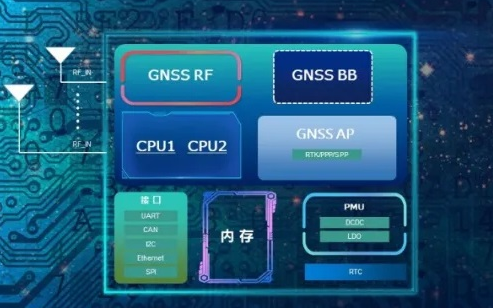The chang'e-5 probe successfully landed in the lunar frontal pre selected landing area
The reporter learned from the National Space Administration that just now, chang'e-5 probe successfully landed in the pre selected landing area of the front of the moon, becoming the third successful lunar soft landing probe in China. After the successful landing, the lander will officially start working on the lunar surface for about two days under the control of the ground.

On the evening of December 1, local time, the European Space Agency (ESA) shared the news of the successful landing of chang'e-5 probe in the lunar frontal pre selected landing area on social media, and congratulated the Chinese national space agency. ESA also said that through its global tracking station network, ESA provided technical support for the chang'e-5 probe.
After the launch of chang'e-5, it was tracked for hours by ESA's kuru ground station in French Guiana. When chang'e-5 returns to earth, ESA will receive signals through the Maspalomas ground station in Spain.
 小任班长的博客
小任班长的博客 




